Blog
When you're buying an SPC locking floor, it's super important to understand its production process and materials, but even more important is learning how to spot its strengths and weaknesses. Here are seven key steps to help you accurately assess the quality of the floor:
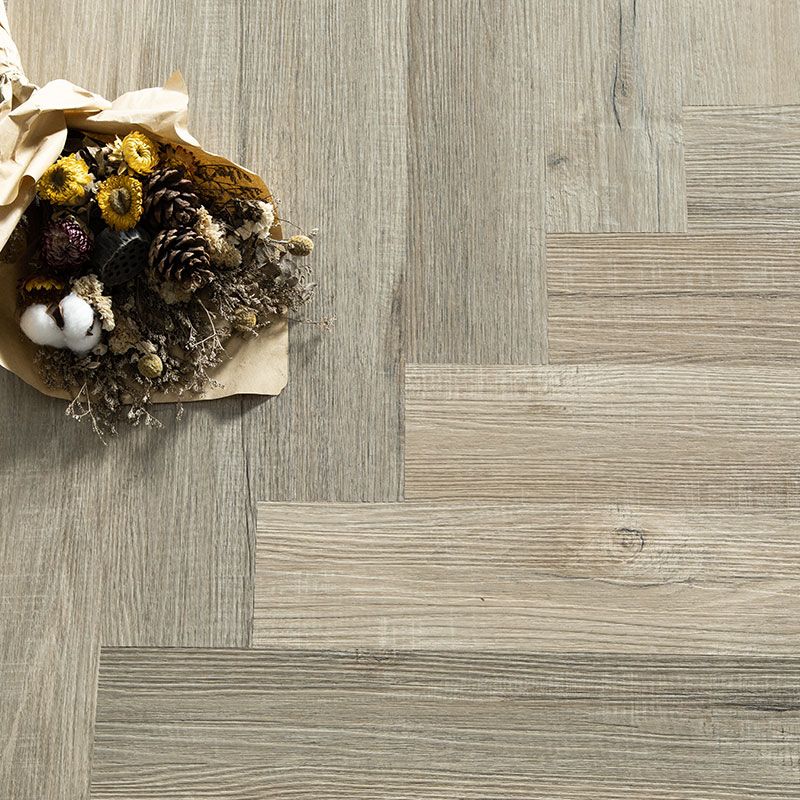
First, observe the colour of the SPC substrate. Pure new material made of the floor shows beige, while a mixture may show grey, green or white, and recycled material is mostly grey-black or pure black. The difference in colour is a key indicator of the type of material and cost.
The texture is another key thing to consider. Pure new material flooring feels delicate and moist when you touch it. In contrast, recycled and hybrid flooring feels dry and lacks hydration. At the same time, after splicing two pieces of flooring, checking their flatness and fit is also an important part of assessing quality.
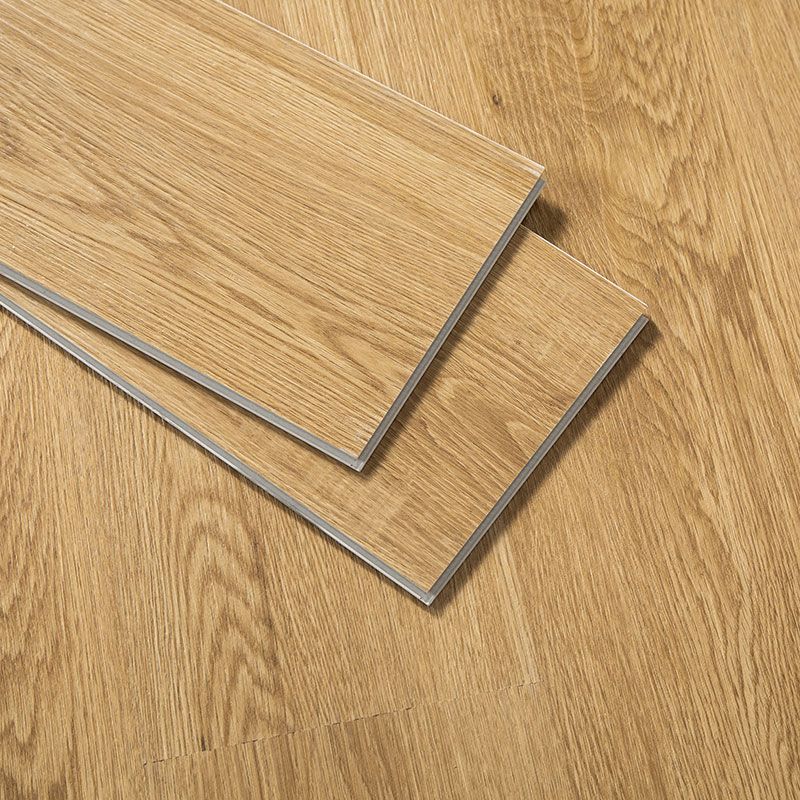
And what better way to test the quality of the floor than by doing a smell test!Most floors, including those made from recycled materials and mixtures, are odourless, but a very few poor-quality products may still emit undesirable odours. So, let's dive into the exciting smell test that will take your floor quality assessment to the next level!
And finally, the light transmission test!Use a mobile phone flashlight to shine on the floor and see how well it passes light through. High-quality flooring will have excellent light transmission, while adulterated or recycled materials tend to have poor light transmission. This is a great way to spot any low-quality materials that might have been added to the floor.
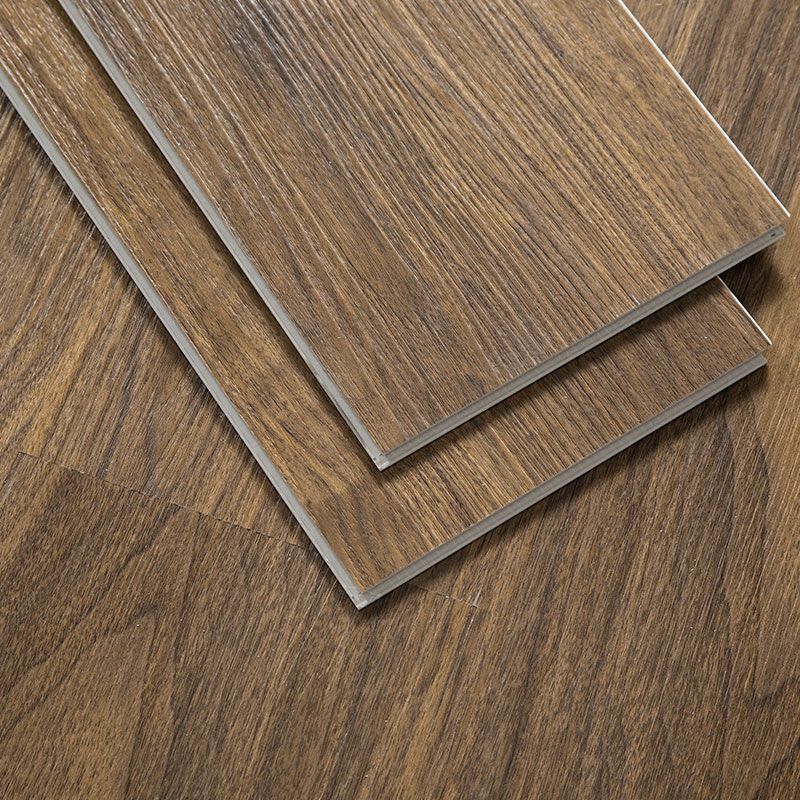
Thickness measurement is a breeze with tools like a caliper or micrometer, which help you get accurate measurements in a flash. The thickness labelled by the manufacturer is a great reference point, but the actual measurement will usually be about 0.2mm more than the labelled value. If the difference is much greater, it may mean that the flooring has cut corners on the thickness, but with a little bit of attention, you'll be able to spot any differences and make the best choice for your home!
The fun part! All you need to do is apply a force to the edge of the floor of the mother buckle part to assess the strength of the lock. Lower-quality flooring latches are prone to breakage, but those made of pure new material are stronger and more durable. This is a vital step to ensure the stability and load-bearing capacity of the floor after installation.
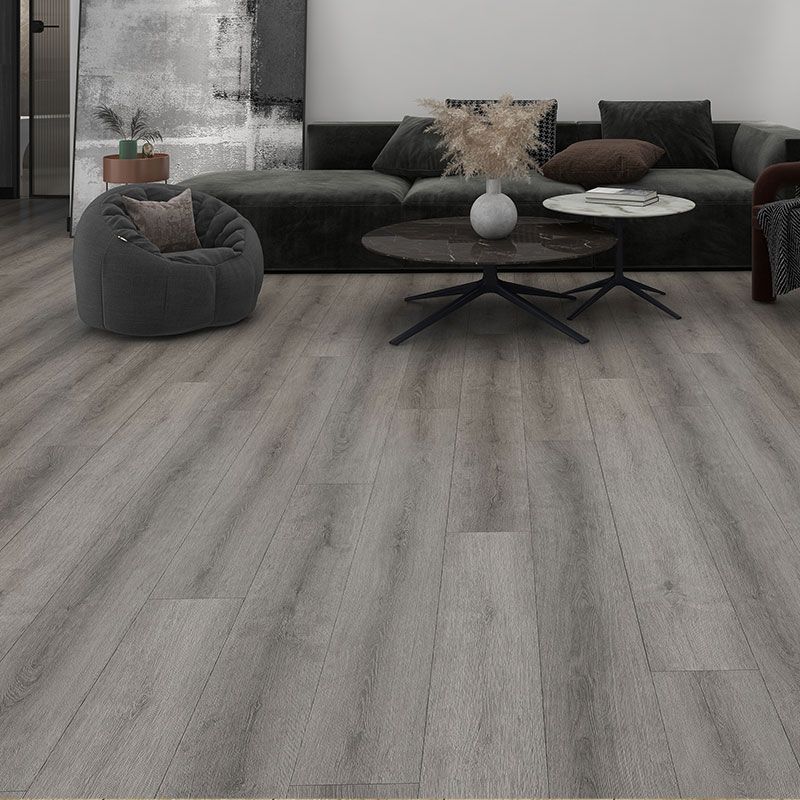
Next, the bonding test of the coloured film layer. This step is a bit more complicated, but it's so important to make sure the coloured film layer sticks to the SPC substrate. You do this by destroying and combing the corners of the floor. This will show you how strong the bond is between the coloured film layer and the SPC substrate. The bonding strength of the floor colour film layer is the largest, by other materials. If you can't carry out this test, you can still assess the quality of the business and product by following the above steps to indirectly deduce this indicator.
By following the seven steps of colour detection, feel, smell, light transmission, thickness measurement, locking strength test and colour film layer bonding test, you can get the full picture and make an informed decision about the quality of your SPC locking floor. When shopping, be sure to check carefully to ensure that you are purchasing a high-quality floor that meets your needs.
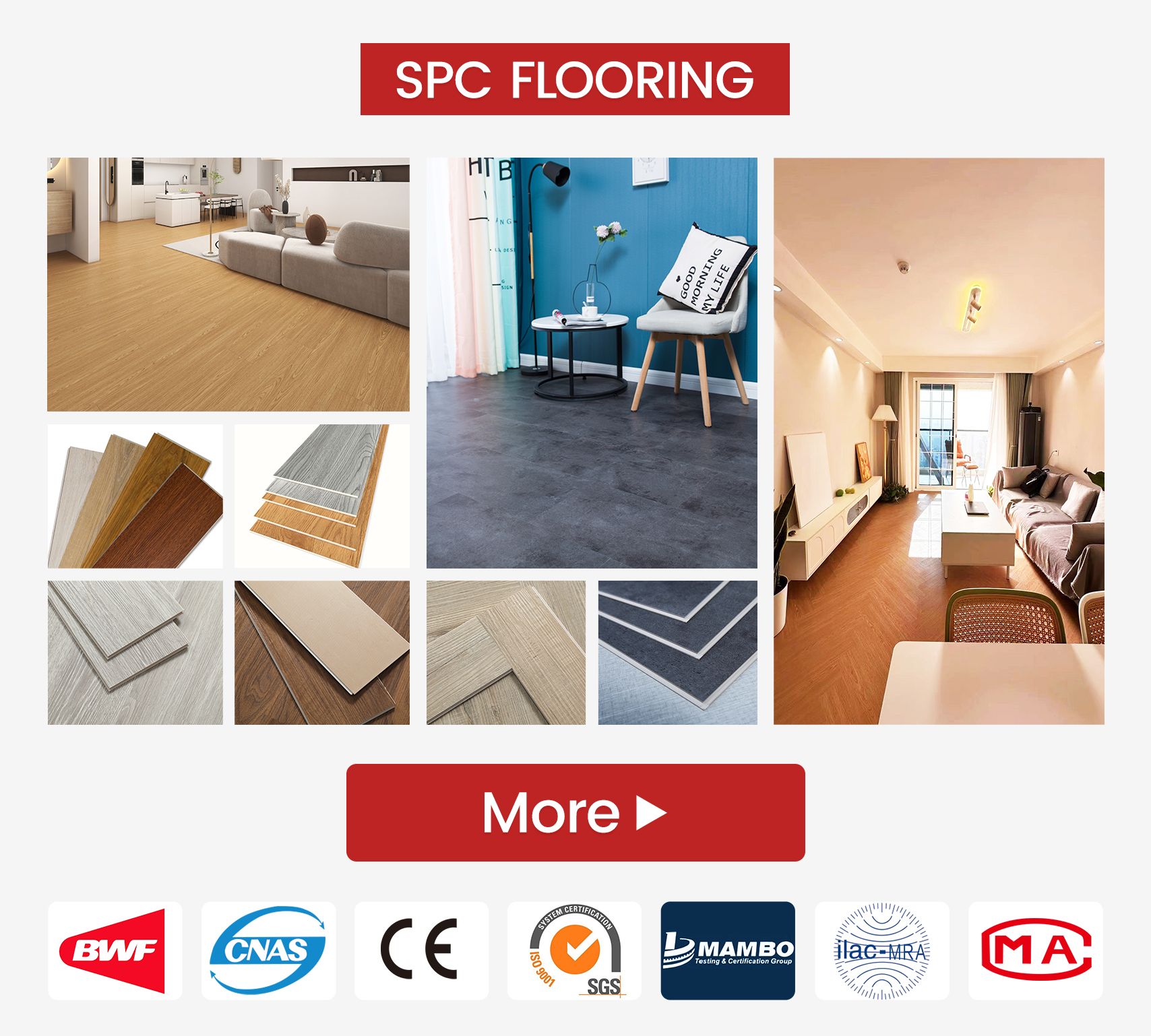
Add : No.5 Huaqing Intelligent Park, Huishan District, Wuxi, Jiangsu, China
Copyright © 2025 WUXI TEFA DECORATION MATERIAL CO., LTD. All Rights Reserved.
Sitemap | Blog | Xml | Privacy Policy
 Network Supported
Network Supported